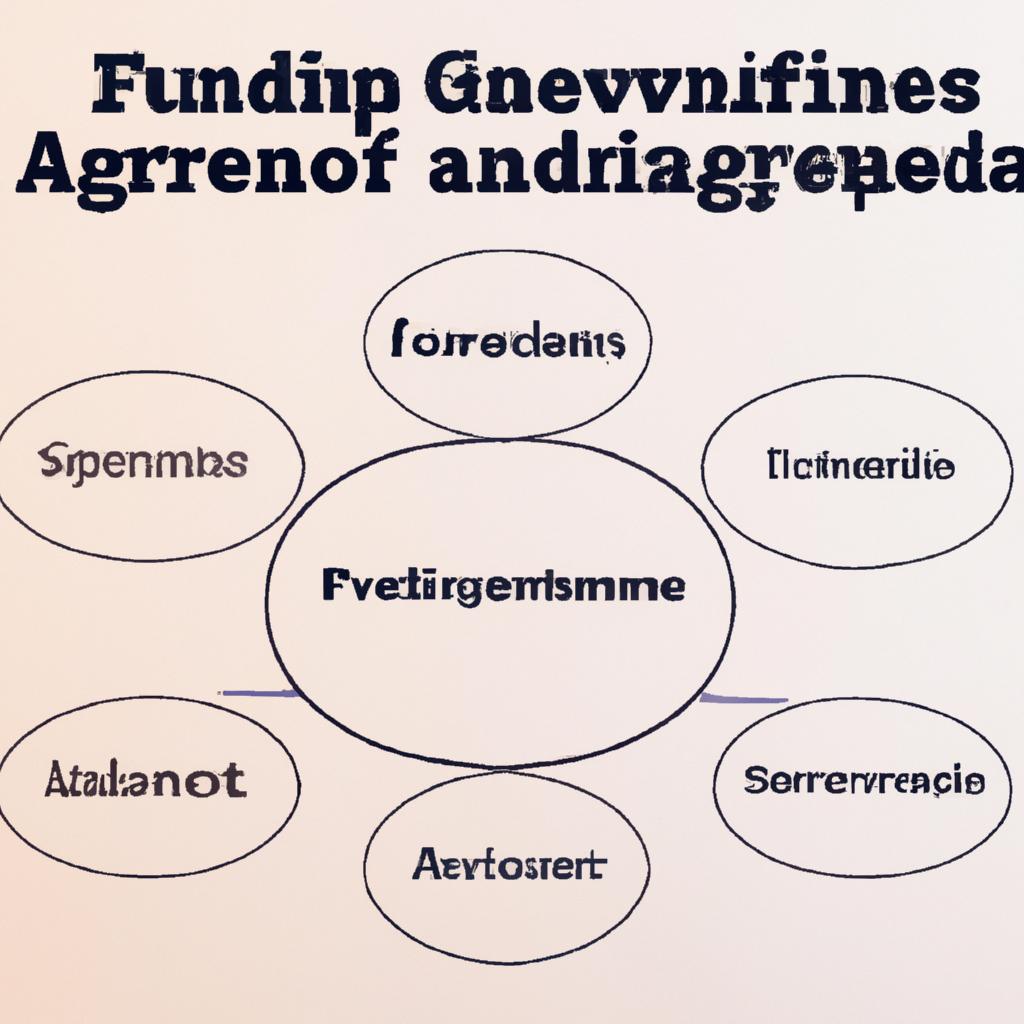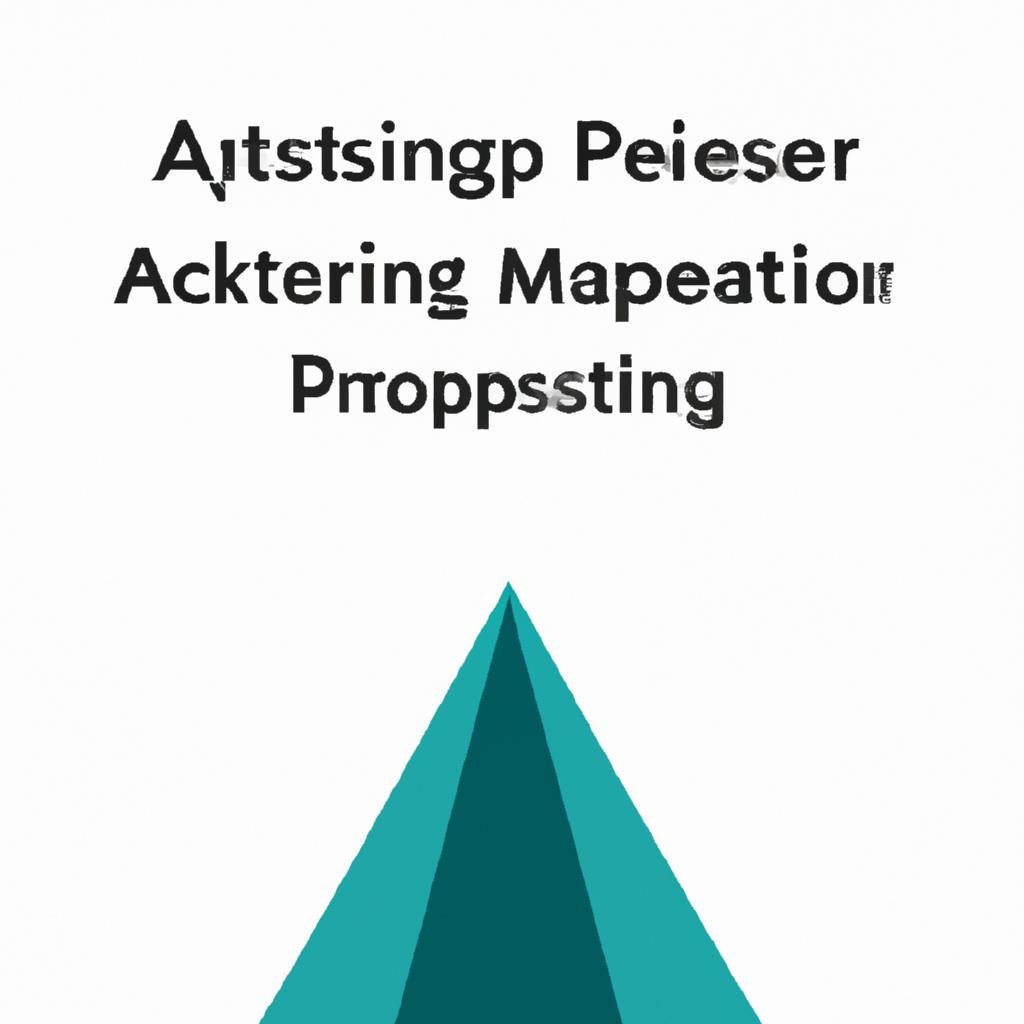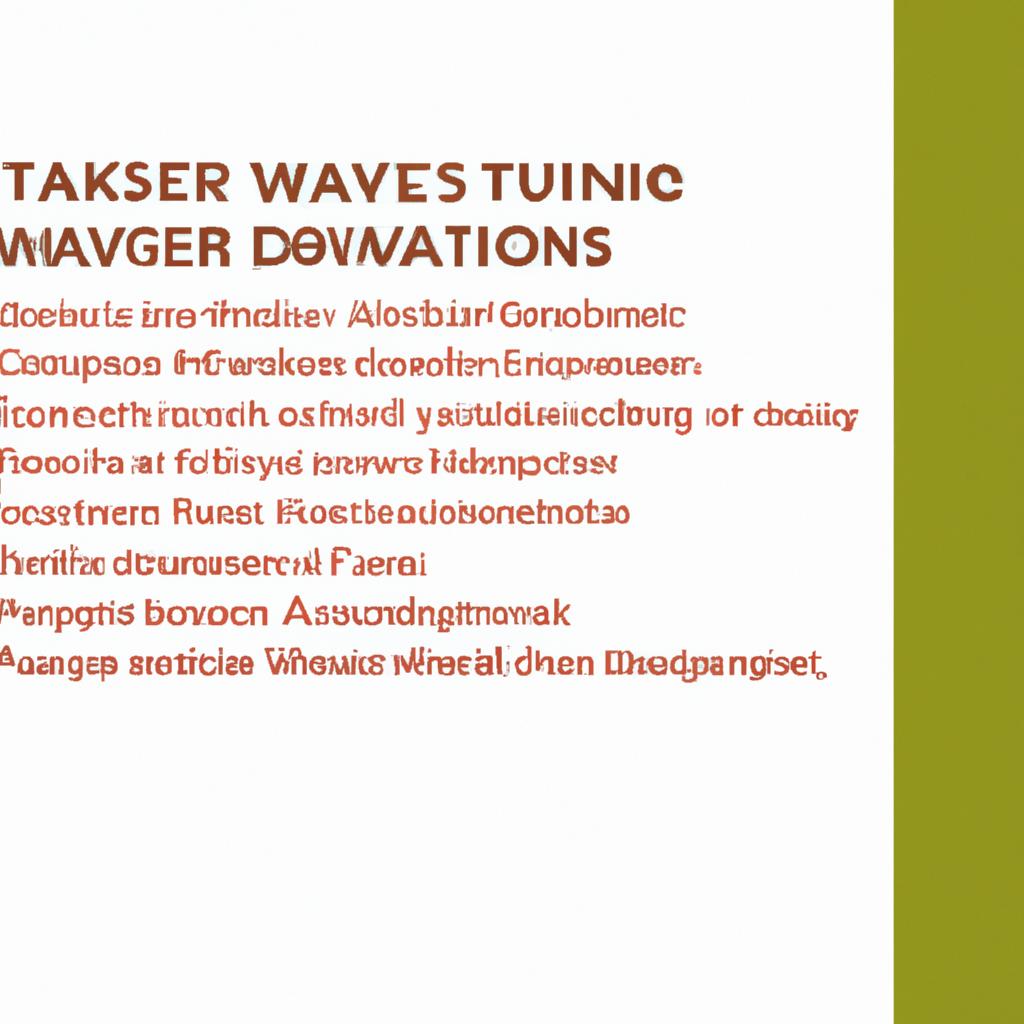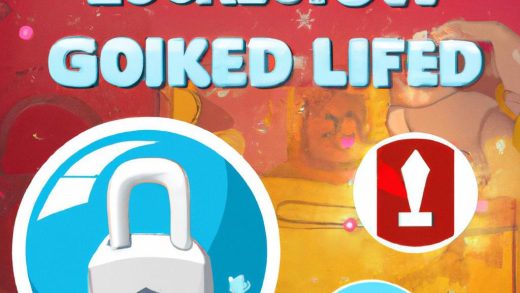In a world where education often feels just beyond reach, the dream of pursuing higher studies can sometimes dim under the weight of financial burdens. However, the keys to unlocking that dream are closer than you might think. “Unlock Your Future: A Guide to Securing Grants, Scholarships, and Tuition Waivers” is your roadmap to navigating the funding landscape of academia. Whether you’re a fresh high school graduate, a seasoned professional looking to upskill, or someone returning to education after a break, this guide will illuminate the pathways available to you. From understanding the nuances of grant applications to decoding the mysteries of scholarships and tuition waivers, we’ll equip you with the knowledge and resources necessary to turn obstacles into opportunities. Join us as we explore effective strategies and insider tips that will empower you to unlock your potential and invest in your future without the weight of financial strain. Your educational journey begins here.
Exploring Funding Avenues: Types of Grants and Scholarships Available
In the ever-evolving landscape of higher education funding, a plethora of options exists for students looking to alleviate financial burdens. One of the most versatile avenues includes **federal and state grants**, typically awarded based on financial need. These grants do not require repayment and come in various forms, such as the Pell Grant and the Federal Supplemental Educational Opportunity Grant (FSEOG). Additionally, you can explore **institution-specific scholarships**, which may be based on merit, talent, or other criteria. Scholarships can often come from the college itself or through private organizations, further broadening the funding landscape.
Beyond traditional grants and scholarships, students should also consider **specialized scholarships** tailored to specific demographics. These can include awards aimed at women, minorities, or students pursuing careers in fields like STEM, arts, or social work. Furthermore, **tuition waivers** serve as another critical resource; these waivers reduce or eliminate tuition costs for students based on various factors like residency or special circumstances. To navigate this maze effectively, it’s beneficial to utilize databases and scholarship search platforms to uncover opportunities you might not have considered. Below is a quick overview of some funding types:
| Funding Type | Description |
|---|---|
| Federal Grants | Need-based funds provided by the federal government. |
| State Grants | Financial assistance from state governments, often need-based. |
| Merit-Based Scholarships | Awards based on academic, athletic, or artistic merit. |
| Private Scholarships | Funding from private organizations and institutions. |
| Tuition Waivers | Reductions or eliminations of tuition costs based on qualifications. |

Mastering the Application Process: Tips for Crafting Compelling Proposals
To enhance your chances of success, it’s imperative to invest time in understanding the specific guidelines and criteria set forth by each opportunity. Every proposal should reflect a deep comprehension of the mission and values of the organization offering support. Here are some essential strategies to consider while crafting your application documents:
- Tailor Your Content: Customize each proposal to resonate with the funder’s objectives, ensuring your narrative aligns with their goals.
- Showcase Your Impact: Use data and personal stories to illustrate how your project or education will positively affect your community or field.
- Follow the Framework: Adhere strictly to the structure and requirements outlined in the application, such as word limits, formatting, and deadlines.
- Seek Feedback: Before submitting, enlist peers or mentors to review your proposal for clarity and persuasiveness.
Consider utilizing tables to present your budget or project timeline effectively. A clear, concise presentation of information can significantly bolster your proposal’s readability and impact. Below is a simple example:
| Budget Item | Amount | Justification |
|---|---|---|
| Research Materials | $500 | Essential for data collection and analysis |
| Travel Expenses | $300 | Transportation for field visits |
| Workshops | $200 | Professional development for skill enhancement |
By integrating these tactics, you will create a proposal that stands out amid the competition, making your ambitions more attainable. Remember, clarity, coherence, and a compelling narrative are key to dazzling your reviewers and unlocking future opportunities.

Leveraging Opportunities: Strategies for Maximizing Tuition Waivers and Financial Aid
Effectively navigating the landscape of tuition waivers and financial aid requires a strategic approach that is both proactive and informed. Begin by thoroughly researching institutional and state-specific programs that offer tuition waivers. Many universities have their own policies that cater specifically to certain demographics, such as veterans, minorities, or first-generation students. Attending information sessions or workshops offered by the school’s financial aid office can provide insights into lesser-known opportunities. Creating a comprehensive list can help you keep track of eligibility requirements, deadlines, and application processes.
Moreover, consider building relationships with faculty and staff who can provide invaluable guidance. Networking within your institution can sometimes open doors to funding opportunities that aren’t widely advertised. Don’t hesitate to inquire about departmental scholarships or grants tied to specific fields of study. Additionally, you can enhance your chances by combining various forms of aid, such as pursuing both a scholarship and a waiver simultaneously. Below is a simple table that summarizes key strategies for maximizing financial support:
| Strategy | Description |
|---|---|
| Research Programs | Identify available tuition waivers specific to your demographic or field. |
| Attend Workshops | Gain insights from financial aid sessions hosted by your school. |
| Network | Build relationships with faculty for potential unpublished funding. |
| Combine Aid | Apply for multiple forms of aid to maximize financial resources. |
The Conclusion
As we conclude this journey through the labyrinth of financial aid, it’s clear that the path to unlocking your educational future is filled with opportunities waiting to be seized. By diligently researching grants, scholarships, and tuition waivers, you are arming yourself with the tools necessary to elevate your academic ambitions without the weight of financial burden. Remember, each application you submit is a step forward, a chance to transform your aspirations into reality.
Navigating this process may seem daunting, but persistence is your ally. Embrace the resources available to you, whether it’s local community organizations, educational institutions, or online platforms. As you forge ahead, stay informed and adaptable, for the landscape of funding evolves continually.
Ultimately, securing funding for your education is not just about overcoming challenges; it’s about embracing the limitless possibilities that lie ahead. With each application, you inch closer to realizing not just your academic goals, but the dreams that inspire them. So, take a deep breath, gather your materials, and step boldly into a future where financial obstacles are mere stepping stones on your path to success. Your journey is just beginning—make the most of it.



















